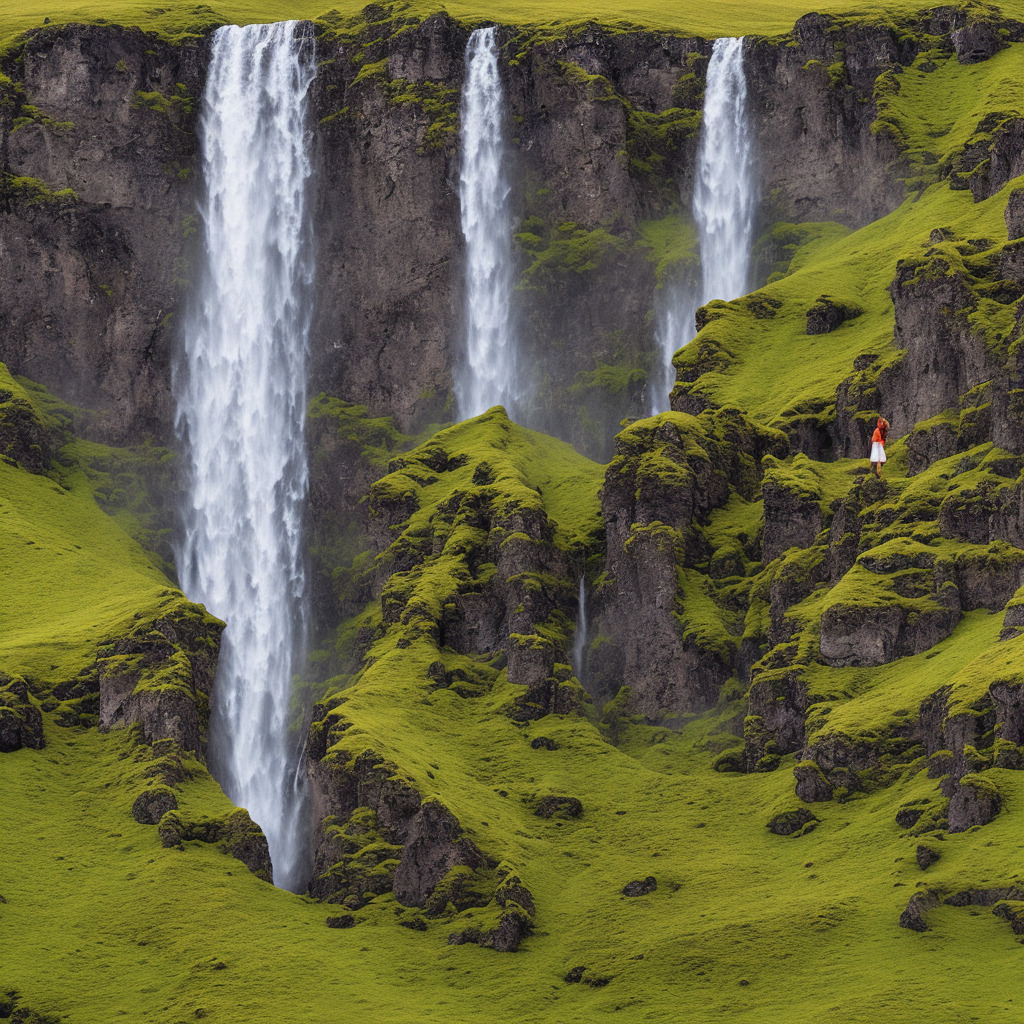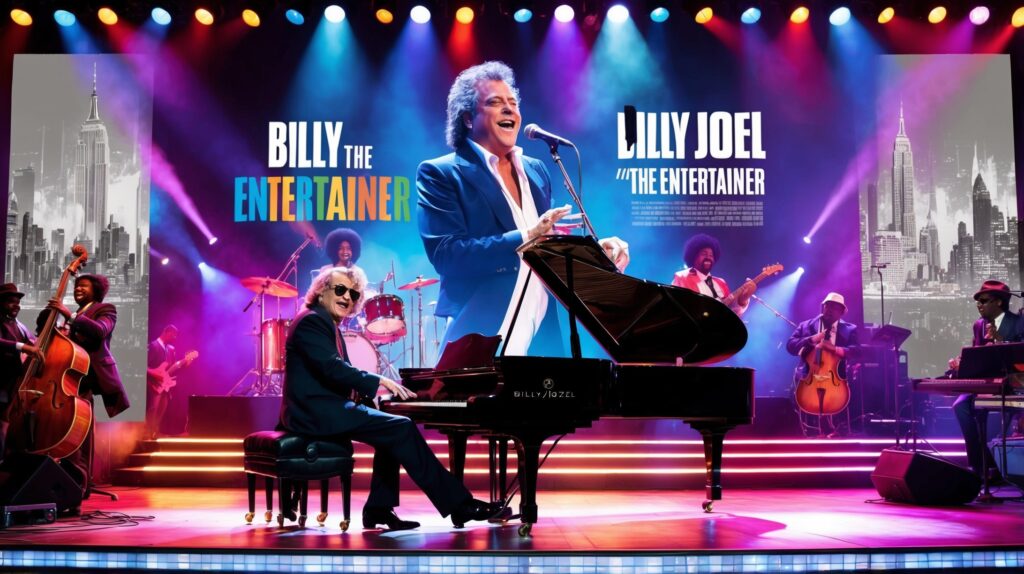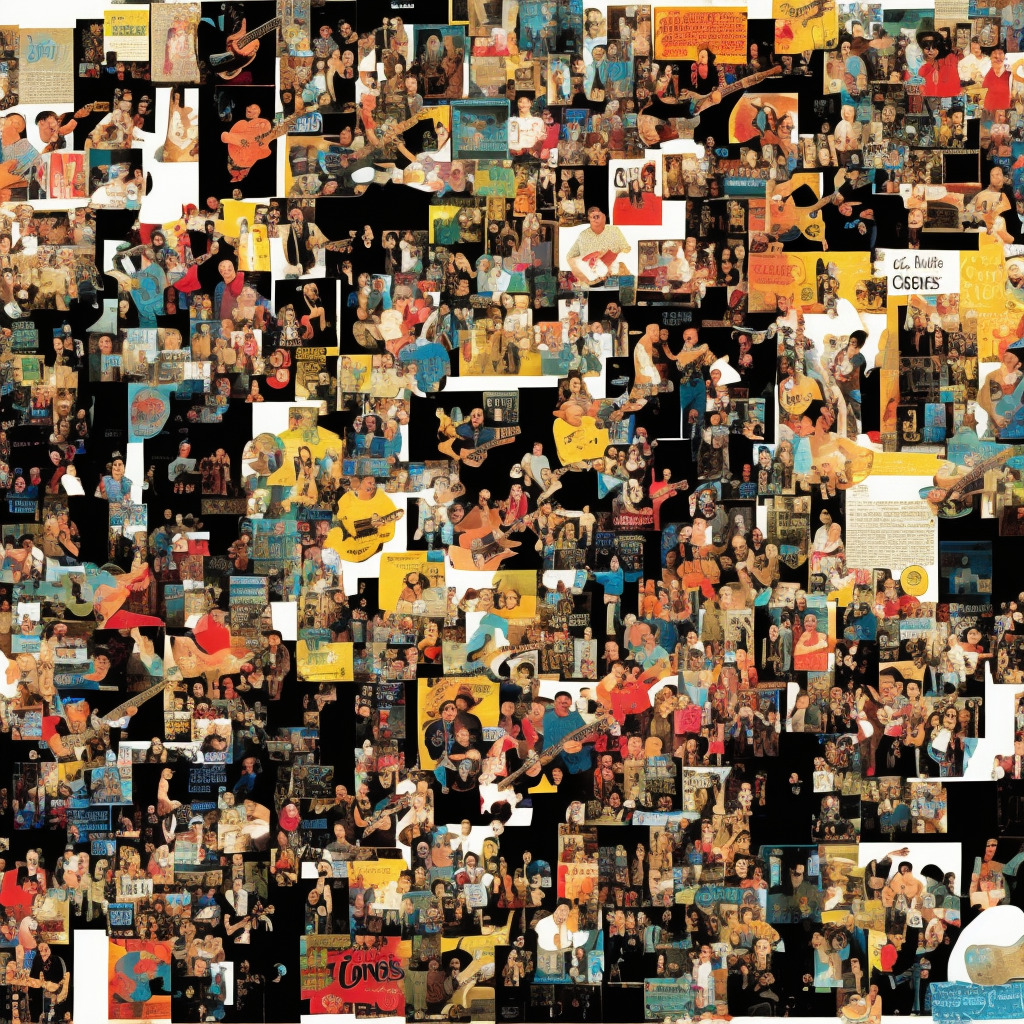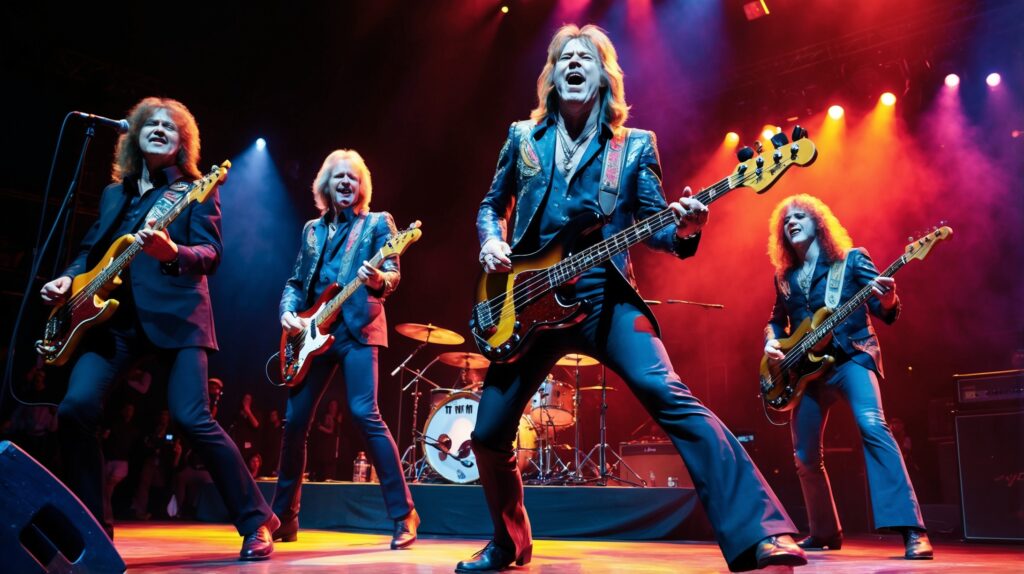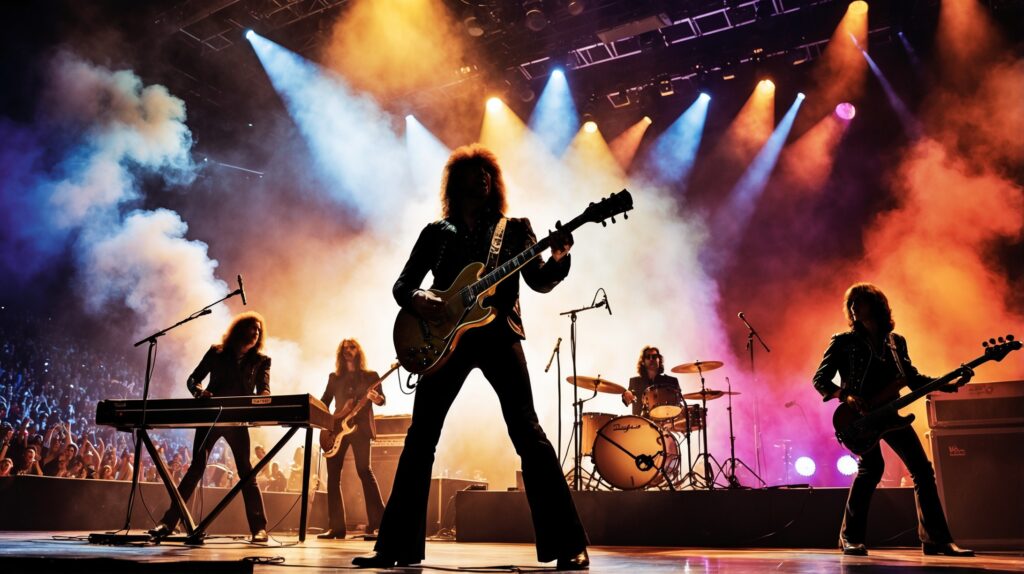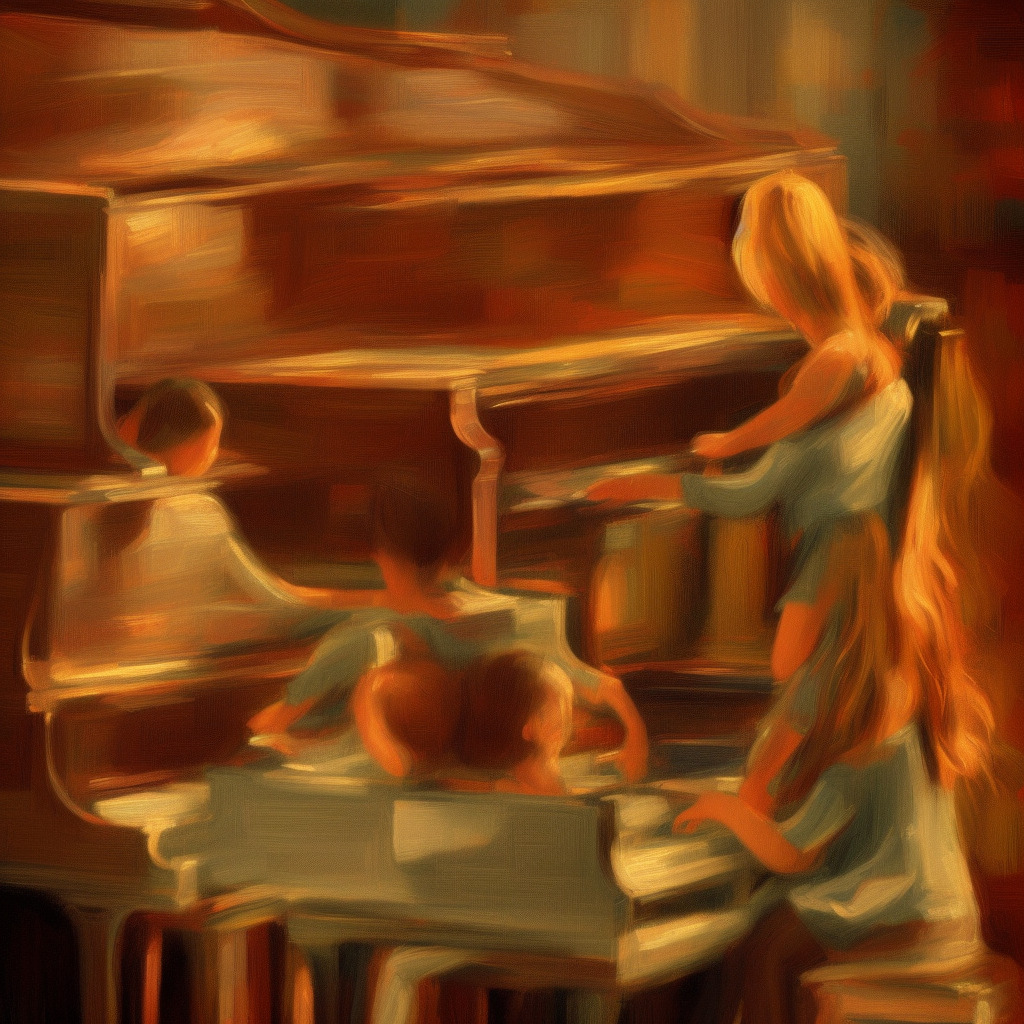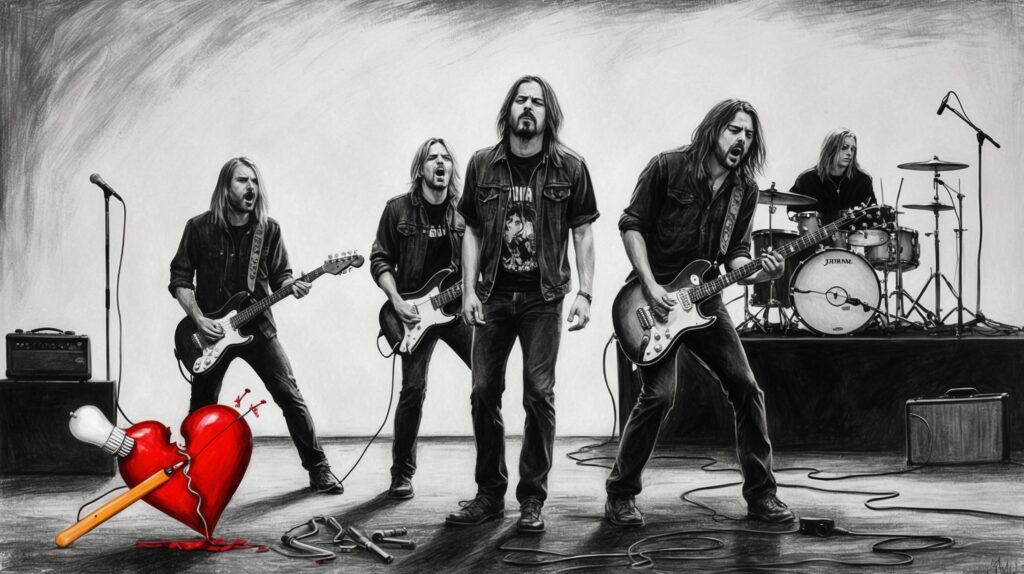A Journey Through Björk’s Masterpiece: Jóga
Icelandic singer-songwriter and multi-instrumentalist Björk has been enchanting the world with her unique and experimental style since her solo debut in 1993. But it was with her 1997 album Homogenic, that she truly elevated her creative prowess to new heights. The album’s cornerstone track, Jóga, showcases Björk’s innovative fusion of electronic, classical, and avant-garde elements, underpinned by her inimitable voice.
Jóga, co-written by Björk and fellow Icelandic musician Sjón, is a soaring love letter to both her best friend and the majestic landscape of Iceland. The song is driven by its emotional string arrangements and hypnotic beats, expertly crafted by producers Mark Bell and Markus Dravs. Björk’s performance is nothing less than captivating as she delivers deeply personal lyrics with vulnerability and raw power. Since its release, the song has garnered immense praise, and it’s no surprise that it’s still a favorite among fans and critics alike. Throughout her illustrious career, Björk has received numerous accolades, including 14 Iceland Music Awards, 5 BRIT Awards, and a Polar Music Prize. With Jóga standing as a testament to her exceptional talent, Björk continues to push boundaries and inspire generations of musicians to come.
Accolades, Appearances and Cover Versions
“Jóga” was released as the lead single from Björk’s 1997 album “Homogenic,” and since then has garnered much appreciation and accolades within the music world. It was ranked number 93 on Pitchfork’s list of the Top 200 Tracks of the 1990s, celebrating the song’s compelling blend of electronic beats, strings, and Björk’s signature emotive vocal delivery. The accompanying music video, directed by Michel Gondry, received a nomination for Best Art Direction at the 1998 MTV Video Music Awards.
Making its way into popular culture, “Jóga” has been featured in several movies, TV shows, and video games. Notably, it was used in the groundbreaking video game “Dance Dance Revolution Extreme 2” as part of the soundtrack. Film-wise, “Jóga” found a place in the 1999 British film “The Loss of Sexual Innocence” and the 2004 documentary “Screaming Masterpiece,” which explored the diverse music scene in Iceland. When it comes to cover versions, indie folk singer-songwriter Owen Pallett paid homage to the track as a B-side to a 2006 single, and it has been reinterpreted in various live performances by other artists, showcasing its continued influence and relevance in the music world.
Unveiling the Musical Layers of “Jóga”
Delving into the musical structure of Björk’s “Jóga,” one finds an intricate tapestry of rich and complex elements. The song, primarily written in the key of G Major, features an unconventional chord progression which helps underscore the distinctiveness of Björk’s composition. The progression is as follows: G – Bm – Bbmaj7 – A, and then occasionally shifting to G – Bm – Bbmaj7 – A – Am7 – G. Björk’s vocal range in this piece is noteworthy as well, spanning from G3 to D5, showcasing her impressive versatility and command over her voice.
The tempo of “Jóga” is set at a moderate pace of 84 BPM, giving it a sense of calm and introspection. The song incorporates a subtle syncopation in the percussion, which contributes to the overall ethereal and otherworldly atmosphere. The track also makes extensive use of electronic textures, including an array of atmospheric synthesizers and samples, which blend seamlessly with the organic sounds of the string arrangements. This delicate balance between the electronic and the acoustic is a testament to Björk’s skill as a composer and her ability to push the boundaries of what music can be.
The Mastermind Behind “Jóga”
Diving deeper into the composition of “Jóga,” it’s essential to acknowledge the genius that is Sjón, an Icelandic poet, novelist, and lyricist who collaborated with Björk on this iconic track. Sjón’s poetic prowess, combined with Björk’s ethereal vocals, created a unique and unforgettable soundscape.
Sjón’s contributions to the music world extend beyond “Jóga,” as he has also co-written several other notable songs for Björk, including “Bachelorette” from her album Homogenic (1997), “Oceania” from Medúlla (2004), and “Wanderlust” from Volta (2007). Alongside his work with Björk, Sjón has a thriving literary career, having published multiple novels, poetry collections, and even children’s books. It’s clear that Sjón’s creative prowess plays a significant role in shaping the distinct sound of Björk’s music.
Unveiling the Artistry Behind the “Jóga” Music Video
A memorable visual accompaniment to the enchanting song “Jóga,” the music video stuns with its captivating imagery and profound artistic expression. Directed by the visionary duo Michel Gondry and Chris Cunningham, the video is an ode to the beauty of Iceland’s landscapes, as well as a metaphorical representation of Björk’s inner world.
Gondry, known for his work with artists like The Chemical Brothers, Radiohead, and Daft Punk, teamed up with Cunningham, a highly acclaimed director who has collaborated with Aphex Twin, Madonna, and Autechre, among others. Together, they captured the essence of “Jóga” in the midst of the breathtaking Icelandic scenery.
Shot in various locations across Iceland, the music video showcases the country’s rugged, yet awe-inspiring landscapes. From vast volcanic plains to immense glaciers, each scene exudes the raw, untamed beauty of nature. The budget for the video, although undisclosed, is estimated to have been quite substantial, considering the unique shooting locations and the intricate special effects involved.
The artistic approach of the “Jóga” music video is rooted in avant-garde aesthetics that blur the line between the natural world and digital art. Throughout the video, Björk’s image is superimposed onto the landscapes, seamlessly blending her physical form with the stunning backdrops. This fusion of human and nature invokes a sense of harmony, reflecting the deep, emotional bond that the singer shares with her homeland.
As the video progresses, the landscapes begin to shift and morph in response to the powerful, emotive force of Björk’s vocals. Geological formations contort and crumble, giving way to a surreal, otherworldly vision. This metamorphosis is achieved through the use of sophisticated computer-generated imagery (CGI), a key element in realizing Gondry and Cunningham’s artistic vision.
The “Jóga” music video is not only a testament to Björk’s unwavering love for Iceland, but also a masterful display of creative collaboration between visionary directors and a groundbreaking artist. This stunning visual experience continues to captivate viewers and stand as a unique piece of art in the realm of music videos.
Charting the Course of “Jóga”
Released on September 17, 1997, “Jóga” marked its presence in the music industry as the lead single from Björk’s third studio album, “Homogenic.” Though not a chart-topping success, the song managed to make its mark on the charts, with some interesting trivia to accompany its journey.
In the United Kingdom, “Jóga” made its debut appearance on the UK Singles Chart at position 191, eventually peaking at an impressive No. 15. This peak is particularly notable as it became Björk’s fifth Top 20 hit in the UK, which further solidified her reputation as a force to be reckoned with in the realm of alternative and avant-garde music. In fact, the song remained on the UK Singles Chart for a total of four weeks, showcasing its enduring appeal to the listeners.
Not only did “Jóga” capture the attention of UK music fans, it also climbed the charts in other countries. In Iceland, Björk’s homeland, the song reached the No. 9 spot, earning the title of a Top 10 hit. In Sweden, the single peaked at No. 22, while in Finland, it reached No. 9 on the Finnish Singles Chart. The song also made a notable impact in the United States, appearing on the Billboard Hot Dance Music/Club Play Chart where it peaked at No. 26.
“Jóga” further claimed a position on the Eurochart Hot 100 Singles, peaking at No. 34, which highlights its overall appeal across Europe. To add to its accolades, the song was also ranked No. 62 on NME’s list of “The Top 100 Singles of the 90s,” as well as No. 37 on Slant Magazine’s “Best Singles of the ’90s.”
Though “Jóga” may not have topped the charts in every country, its modest chart success and the accolades it received from various music publications are a testament to the song’s impact and its appeal to a diverse audience. As such, the journey of “Jóga” on the charts remains an important part of Björk’s illustrious career.
Exploring the Depth and Meaning of “Jóga” Lyrics
Björk’s “Jóga” is a track that, at first listen, feels like it has transcended time and space, but to truly appreciate its lyrical depth, we must place it in the context of the era in which it was written. Released in 1997, this song encapsulates the emotional weight and overwhelming nature of the world surrounding it.
Let’s dive into the lyrics themselves:
Is where I want to be
All that no one sees
You see
What’s inside of me
Every nerve that hurts
You heal
Deep inside of me
You don’t have to speak
I feel
Emotional landscapes
They puzzle me
The riddle gets solved
And you push me up to
This state of emergency
How beautiful to be
State of emergency
Is where I want to be
State of emergency
How beautiful to be
As an experienced music blogger, one can’t help but notice the imagery of “emotional landscapes” in the lyrics. Björk provides a vivid description of the internal turmoil she experiences, likening it to puzzles and riddles. This metaphor is particularly telling of the 90s era, a time marked by significant global events and personal introspection.
The song was written during a time of massive technological advancements, such as the rise of the internet, which brought about rapid globalization and the free flow of information. People were both excited and overwhelmed by the state of the world. This sense of urgency is echoed in the song’s repeated phrase “state of emergency.”
“Jóga” also captures a sense of personal vulnerability and introspection. Björk invites us to see her unseen pain, as she finds solace in a person who understands and heals her. This powerful emotional connection is something many people sought during those times of uncertainty and rapid change.
In conclusion, the lyrics of “Jóga” are a beautiful representation of the spirit of the 90s era. They speak to the emotional complexity of an ever-changing world and remind us of the importance of finding solace in intimate connections. Björk’s words continue to resonate with listeners today, as they navigate their own emotional landscapes in an increasingly complex world.
Dive into Björk’s volcanic masterpiece “Jóga” 🌋 Did you know this ’97 gem was inspired by Icelandic landscapes? A true musical ode to nature 🍃🎵 #Björk #Jóga #FunFact #MusicTrivia
Click to Tweet

